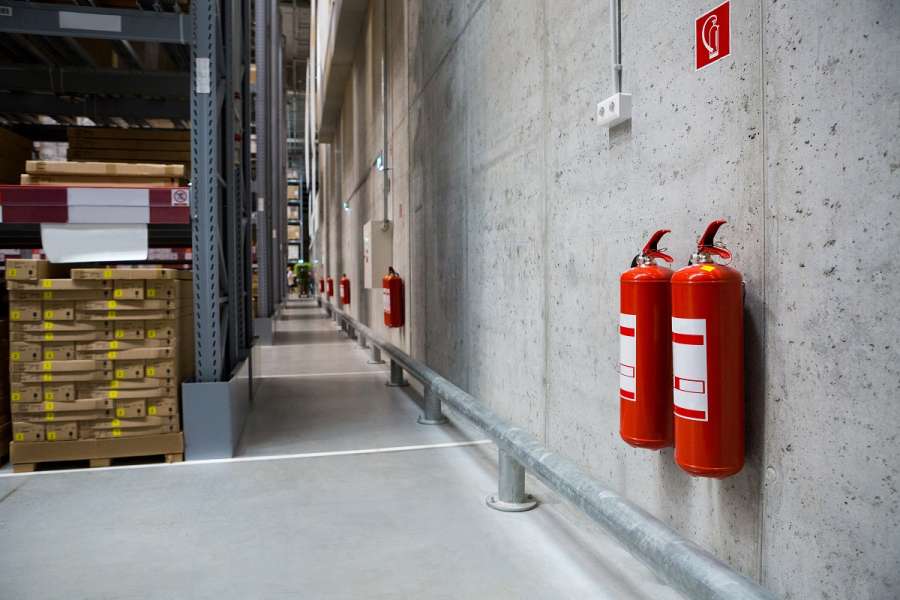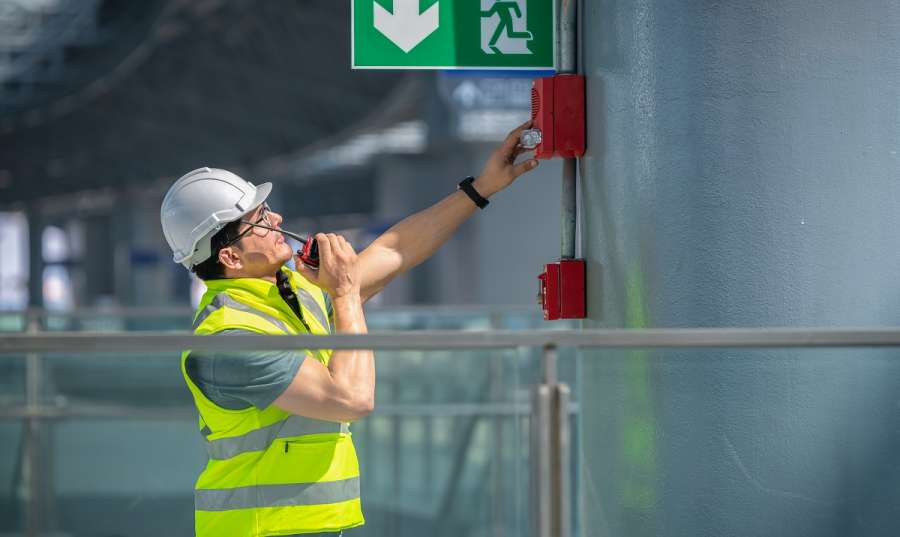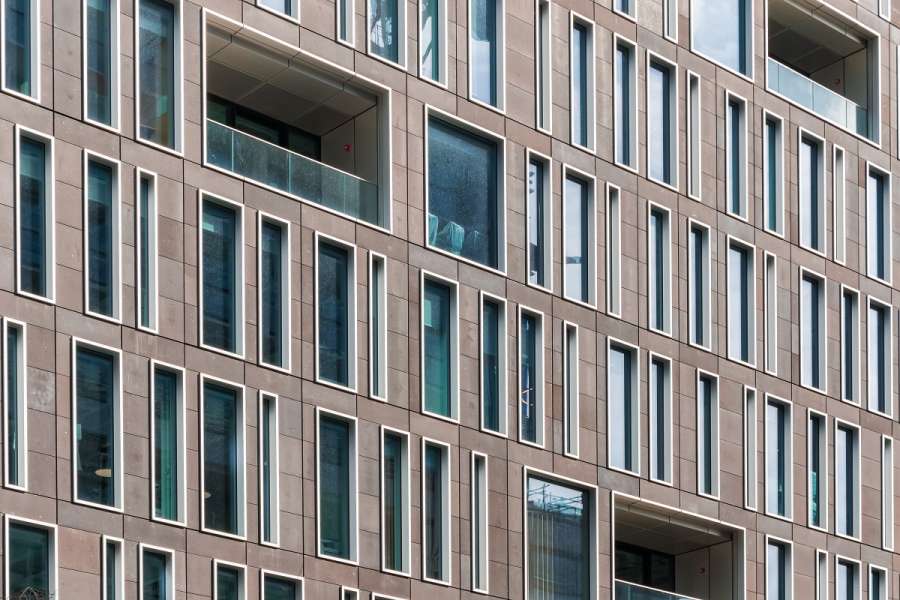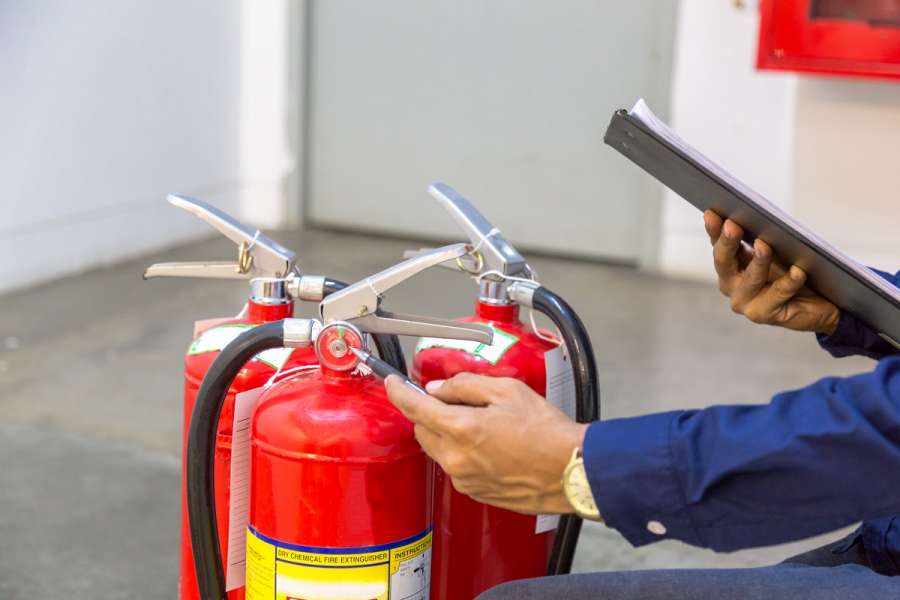The Fire Safety (England) Regulations 2022 (the Fire Safety Regulations) came into force on 23 January 2023 to implement most of the residential and commercial property recommendations made to the government in the Grenfell Tower Inquiry Phase 1 report. The Fire Safety Regulations introduce new duties under the Regulatory Reform (Fire Safety) Order 2005 for building owners or managers (responsible persons).








